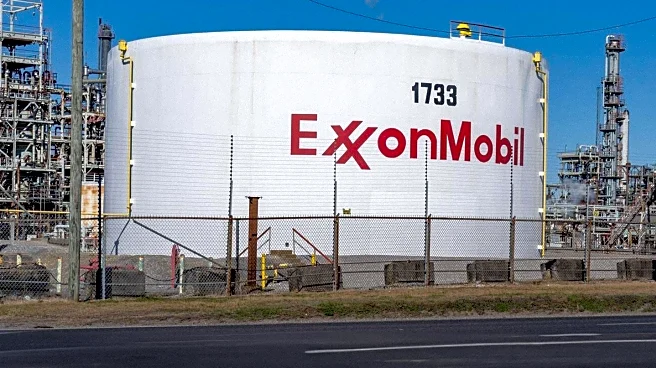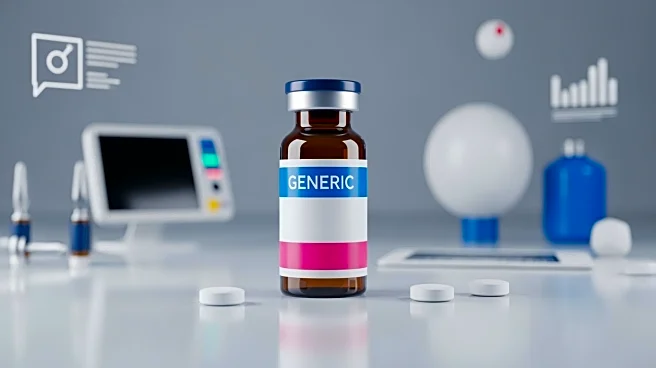What's Happening?
Sanofi has reported an 8% decline in its legacy vaccine sales for the third quarter, amounting to €3.36 billion ($3.9 billion). This downturn is attributed to reduced flu and COVID-19 vaccination rates
in the United States, as well as increased pricing competition. Specifically, sales for these vaccines fell by nearly 17%, totaling €1.53 billion ($1.78 billion) during the period. Sanofi's CEO, Paul Hudson, noted that the decline was anticipated due to competitive pricing and lower vaccination rates. Despite these challenges, Sanofi's Beyfortus vaccine for respiratory syncytial virus (RSV) saw a 20% increase in sales, driven by its availability in 40 countries. The company also announced the discontinuation of its SP0125 RSV vaccine for toddlers following a Phase III trial that showed insufficient efficacy.
Why It's Important?
The decline in Sanofi's vaccine sales highlights a broader trend of decreasing vaccination rates in the U.S., which could have significant public health implications. Lower vaccination rates may lead to increased vulnerability to flu and COVID-19 outbreaks, potentially straining healthcare systems. The competitive pricing pressures faced by Sanofi also reflect the challenges pharmaceutical companies encounter in maintaining market share amid evolving healthcare policies and consumer behaviors. Additionally, the discontinuation of the SP0125 RSV vaccine underscores the complexities and risks involved in vaccine development, which can impact company strategies and financial performance.
What's Next?
Sanofi is in discussions with regulators regarding a combination COVID/flu vaccine, following preliminary positive results from the SP0287 program. This development could potentially bolster Sanofi's vaccine portfolio and address the declining sales trend. The company is also navigating the competitive landscape and may need to adjust its strategies to maintain its market position. Meanwhile, the U.S. Centers for Disease Control and Prevention has yet to release flu vaccine data for the 2025/26 season, which could provide further insights into vaccination trends and inform public health strategies.











